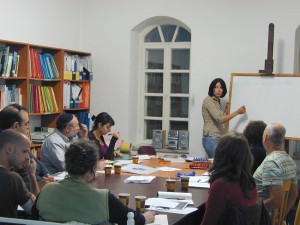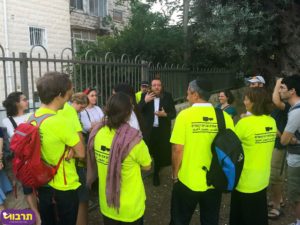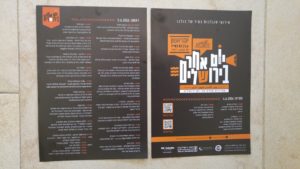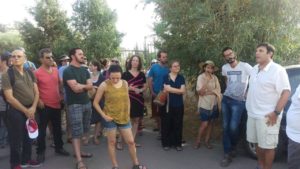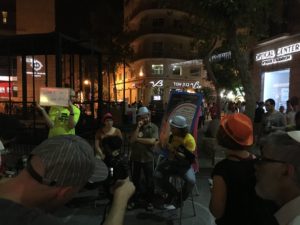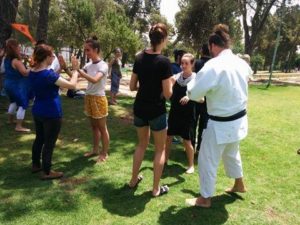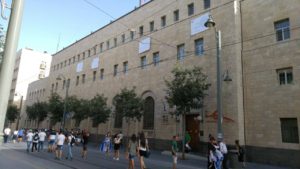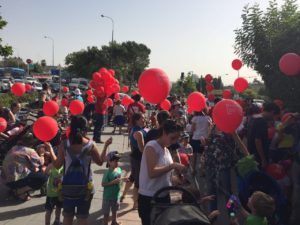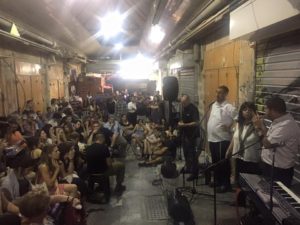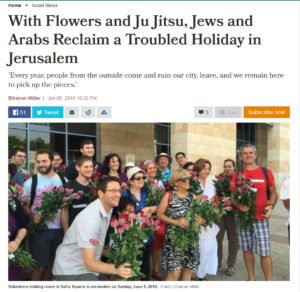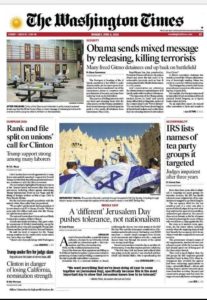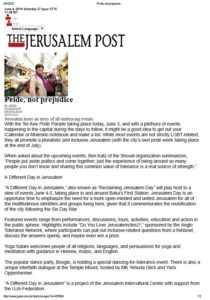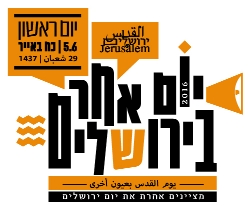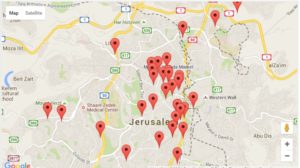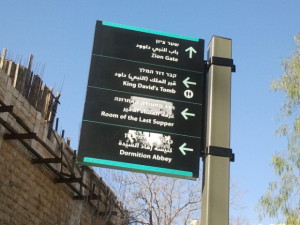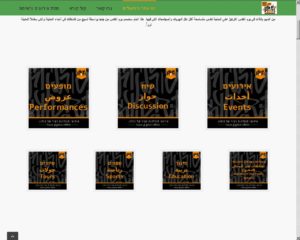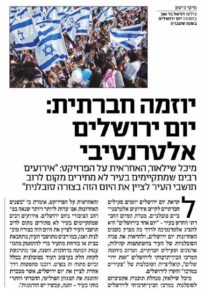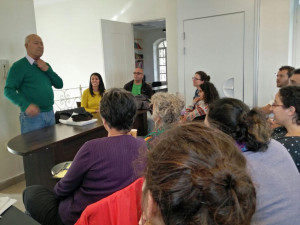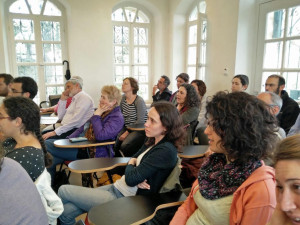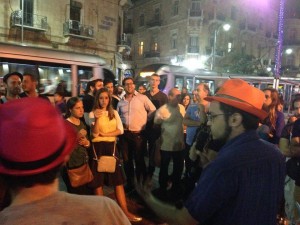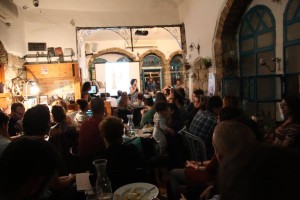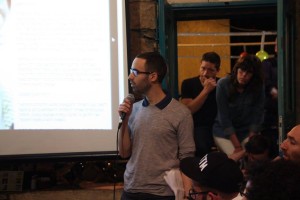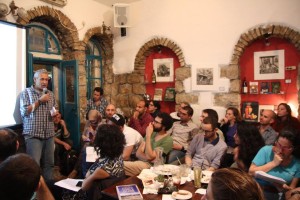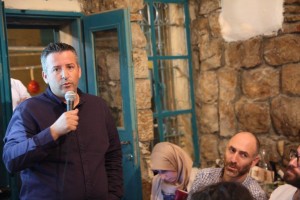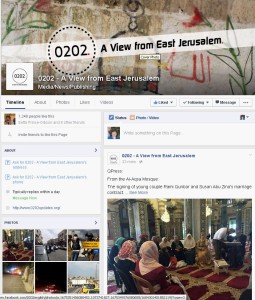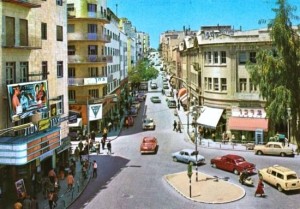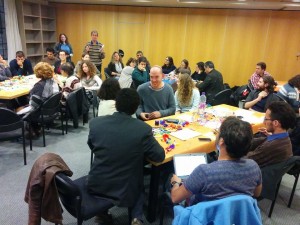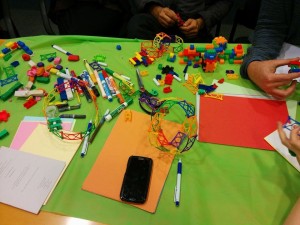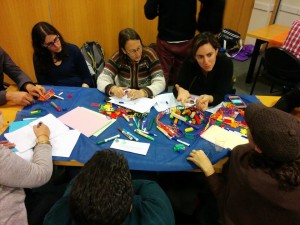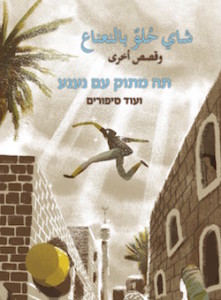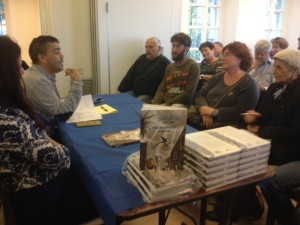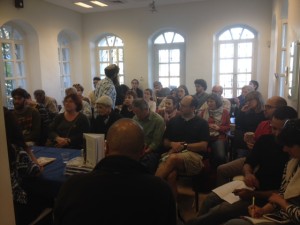Have You Studied the Other’s Language Today? News Article on Israel’s Channel One News
Did you know that our Arabic for communications program is one of our longest-running programs? It’s been operating almost since our establishment in 1999. One could even say we were before our time….
Well, the time for studying the other’s language has certainly come, and this past Sunday one of our veteran teachers and her class were featured on the Channel One evening newscast, the prime time of Israeli television. Here’s the link to the video, in Hebrew:
This class was one of one of twelve (12!) that studied Arabic this year, in levels 1 – 5, 180 students in all! Practically, it means that we are definitely the largest Arabic school in Jerusalem, and maybe the largest in Israel. We’ve just begun pre-registration for next year, and already have more than 150 people signed up. We’re expecting a total of 250 students next year, a new record!
You can contact us to receive a registration form, or click here for the registration form in Hebrew. But hurry, to make sure you have a space!
Many thanks to the Jerusalem Foundation for their continued support of this program.

